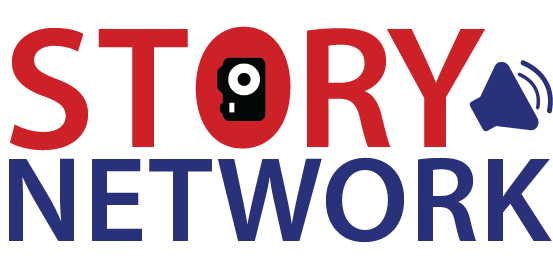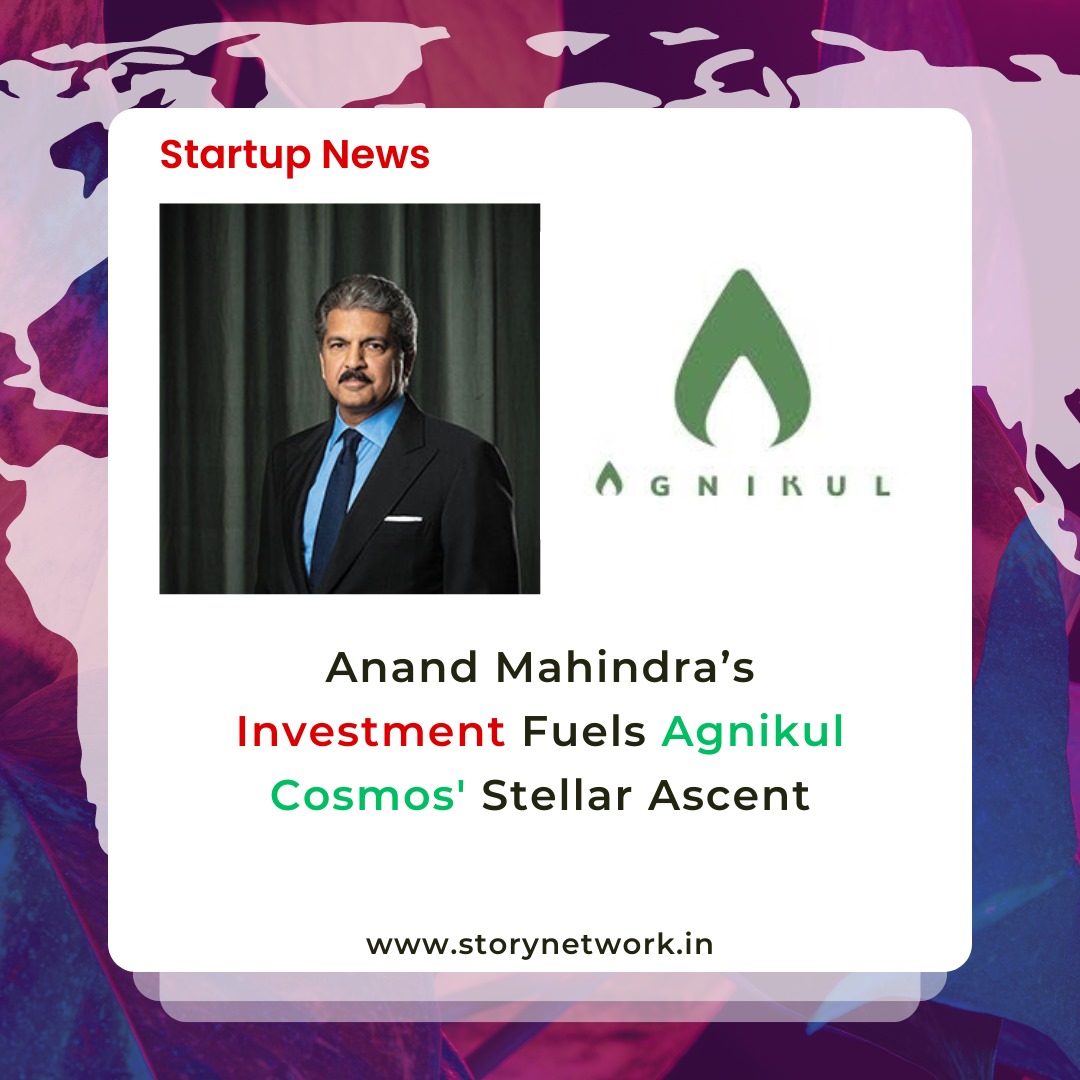In the ever-evolving world of marketing, the power of storytelling has emerged as a crucial tool for businesses to connect with their audience on a deeper level. By leveraging the innate human affinity for narratives, businesses can create compelling brand stories that resonate with their target customers. This article explores seven effective ways to harness the power of storytelling in marketing, enabling businesses to forge stronger connections with their audience and drive meaningful engagement.
The Power of Storytelling in Marketing: 7 Strategies to Engage and Connect with Your Audience
Define Your Brand Narrative
Craft a captivating brand narrative that encapsulates your mission, values, and unique selling proposition. This narrative should serve as the foundation for all your marketing efforts, providing a consistent and compelling story that differentiates your brand from competitors. Ensure that your brand narrative is authentic, emotionally resonant, and aligned with the aspirations and values of your target audience.
Example: TOMS Shoes built their brand narrative around the idea of “One for One,” emphasizing their commitment to donating a pair of shoes to a person in need for every pair of shoes purchased. This narrative not only highlighted their social impact but also connected with consumers who wanted to make a difference through their purchase.
Understand Your Audience’s Story
To connect with your audience, it’s essential to understand their story—their desires, challenges, and aspirations. Conduct market research, engage in social listening, and gather customer feedback to gain insights into your target audience’s motivations and pain points. Use this knowledge to shape your storytelling approach and tailor your messaging to resonate with their experiences and emotions.
Example: Airbnb identified that their audience sought unique and authentic travel experiences. They crafted their storytelling around the concept of “Belong Anywhere,” emphasizing the ability to immerse oneself in local culture by staying in homes rather than hotels. This resonated with travelers who desired more meaningful connections during their journeys.
Embrace Emotional Appeal
Emotions are powerful drivers of human behavior. Incorporate emotional elements into your storytelling to create a profound impact on your audience. Tap into feelings such as joy, nostalgia, empathy, or inspiration to evoke a strong emotional response and forge a lasting connection. Authenticity and relatability are key to building emotional bonds with your audience.
Example: Coca-Cola’s iconic holiday campaigns evoke a sense of joy, togetherness, and warmth. Through heartwarming stories and visuals, they tap into the emotional spirit of the season, connecting with viewers and creating a positive association with their brand.
Use Visual Storytelling
Visual elements can enhance the power of storytelling by making it more immersive and memorable. Incorporate compelling visuals, such as videos, infographics, or imagery, to support your narrative and engage your audience’s senses. Visual storytelling can convey complex messages more effectively and leave a lasting impression in the minds of your audience.
Example: Nike’s “Dream Crazy” campaign featuring Colin Kaepernick used a visually impactful video to tell a story of determination, perseverance, and societal change. The powerful visuals supported the narrative and created a lasting impact on viewers.
Showcasing User Stories
Highlighting real-life customer stories and experiences can be a powerful way to humanize your brand and build trust with your audience. Share testimonials, case studies, or user-generated content that demonstrate how your product or service has positively impacted people’s lives. These stories provide social proof and enable your audience to relate to and visualize themselves benefiting from your brand.
Example: GoPro leverages user-generated content to showcase captivating and adrenaline-pumping videos captured by their customers. By sharing these stories, GoPro creates a sense of community and inspires others to capture and share their own adventures using their cameras.
Create Narrative-driven Campaigns
Develop narrative-driven marketing campaigns that unfold over time, captivating your audience and keeping them engaged. Break down your story into episodic content or sequential campaigns, with each piece adding depth and intrigue to the overall narrative. This approach builds anticipation, encourages repeat engagement, and fosters a sense of loyalty among your audience.
Example: Old Spice’s “The Man Your Man Could Smell Like” campaign featured a series of humorous and interconnected videos that followed a narrative thread. The sequential storytelling approach generated buzz, encouraged viewers to seek out subsequent videos, and ultimately increased brand exposure.
Spark Conversations and Engagement
Effective storytelling in marketing should spark conversations and encourage audience engagement. Invite your audience to participate, share their own stories, or provide feedback. Create interactive elements such as contests, polls, or social media challenges that allow your audience to become an active part of your brand’s narrative. This fosters a sense of ownership and strengthens the connection between your audience and your brand.
Example: The ALS Ice Bucket Challenge went viral, inspiring millions of people to share videos of themselves being drenched in ice-cold water to raise awareness and funds for ALS research. By encouraging participation and sharing, the campaign turned the audience into active participants in the cause and generated a global conversation.




